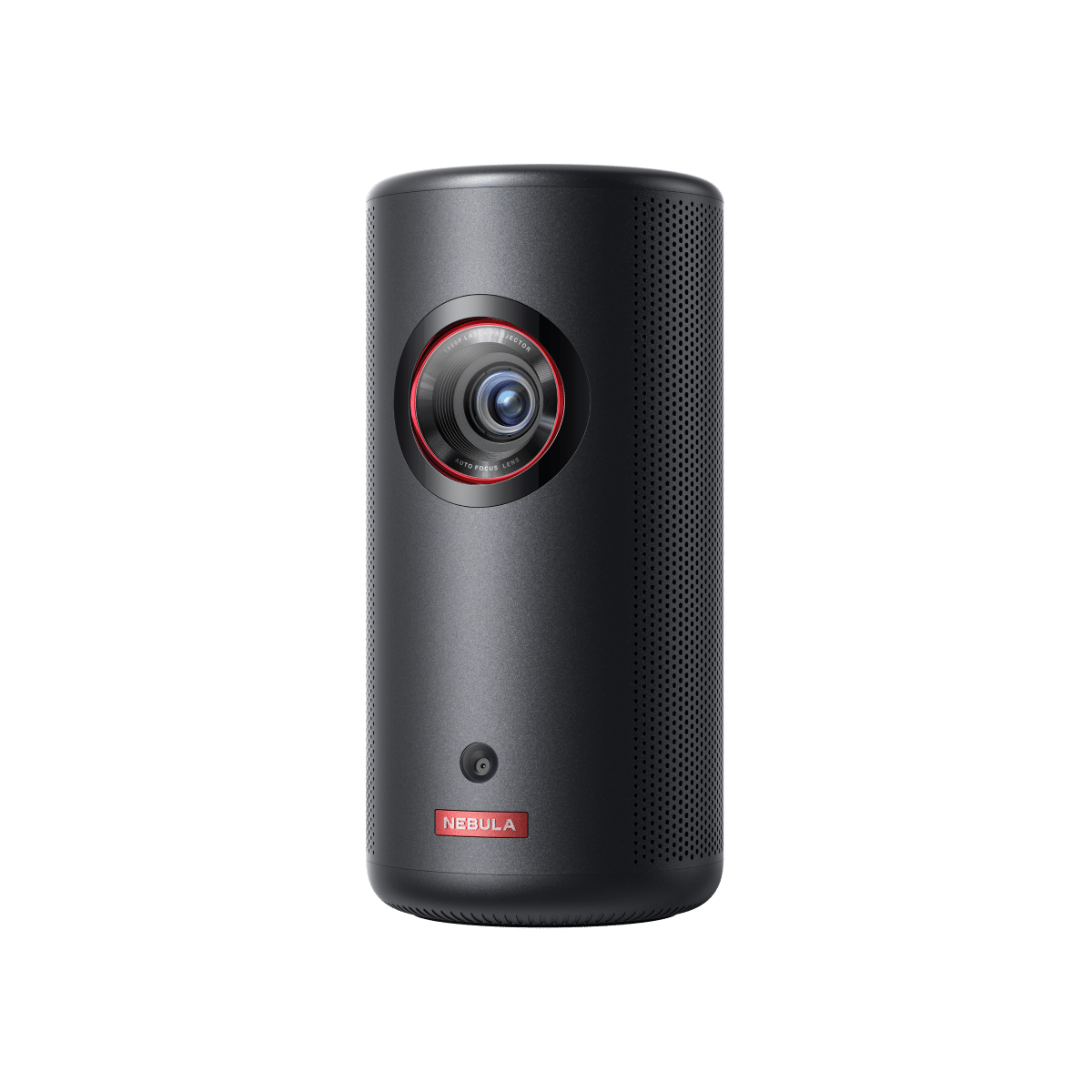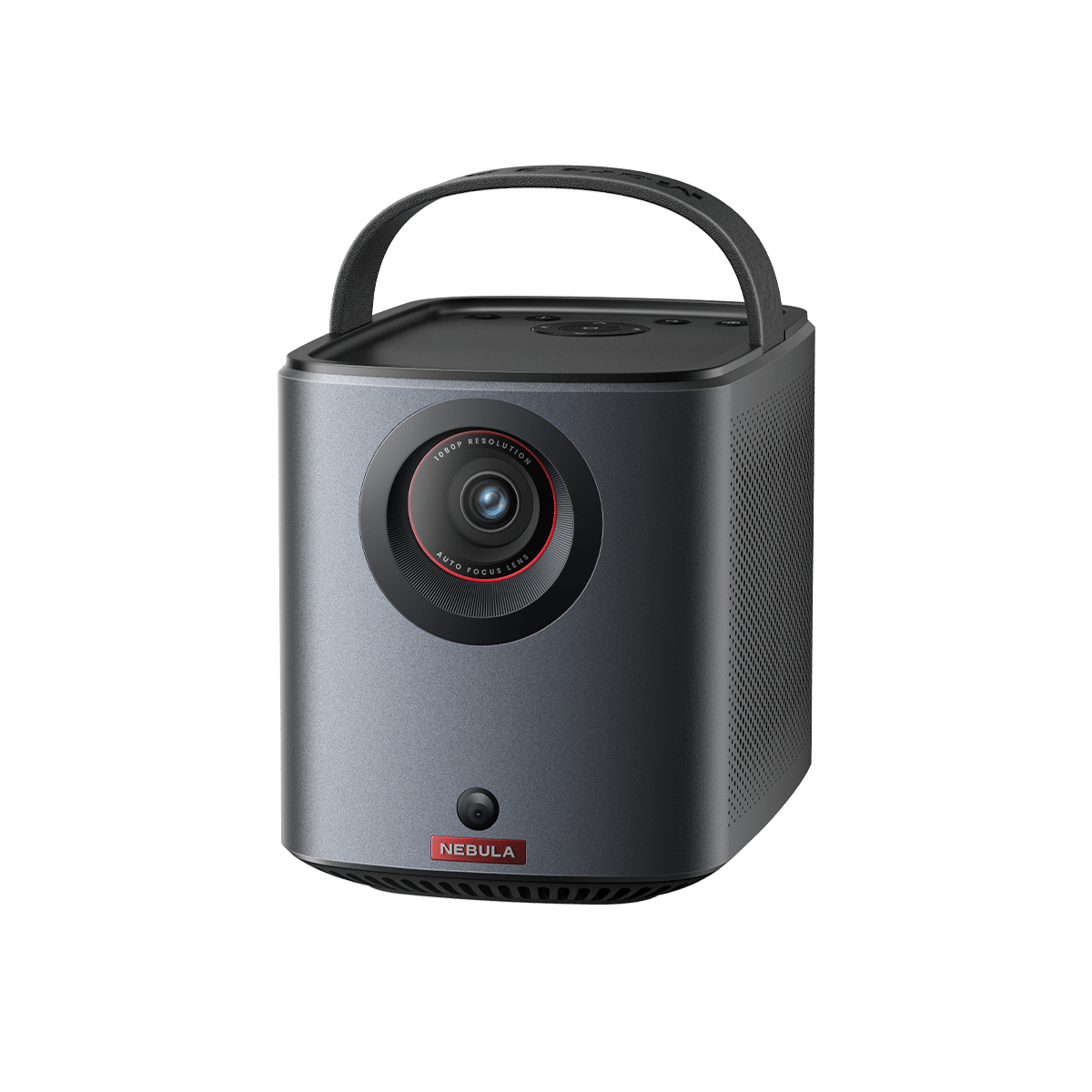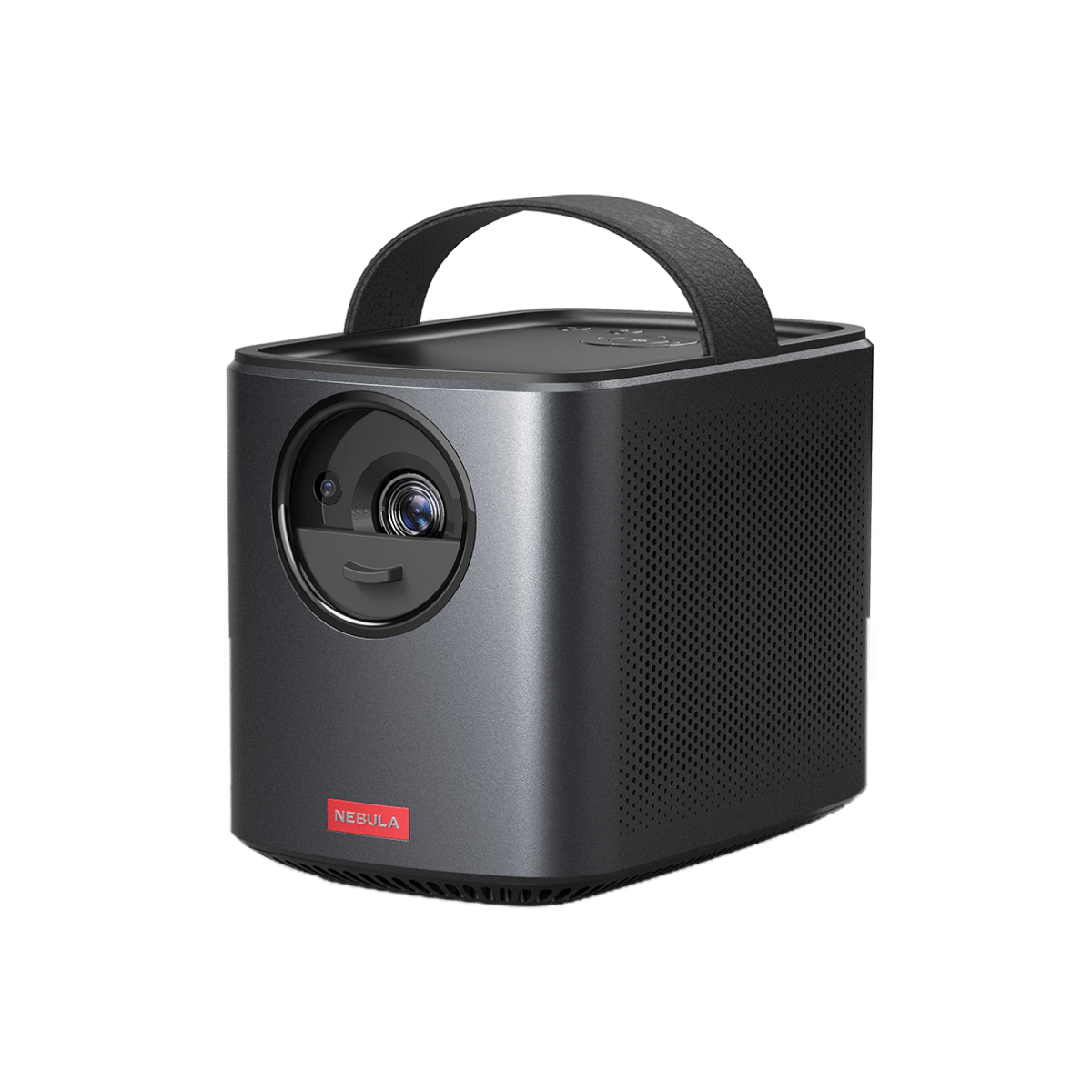Have you ever found your projector image too big or small when you use the projector for movies or presentations? Luckily, there are some ways to tailor your viewing setup to your space while not sacrificing your cinematic experience. So you come to the right place if you’re wondering how do I adjust projectors to fit screens. In this detailed guide, we'll walk you through 4 practical methods to make projector screens smaller and bigger. From adjusting your projector's settings to using portable screens, you'll discover easy strategies to make your home theater fit your space perfectly. Let's dive in!

How to Make Projector Screen Smaller or Bigger
So let's follow the tested tips below to enlarge an image or shrink projector images and achieve the optimal viewing experience.
Adjust the Position of the Projector
In the first place, the position of the projector plays an essential role in determining the screen size. The farther away the projector is from the screen, the larger the projected image. So a straightforward method of how to decrease screen size is to position the projector nearer to the screen. This will make screens smaller immediately without much hassle. Conversely, to make screens bigger, all it takes is to place the projector farther away from the projector screen.
This approach is especially handy if you’re using a lightweight and portable projector, like the Nebula Capsule or Apollo series. However, remember to immediately adjust the focus of your projector screen afterward, which may be upset when you move your projector forward or backward.

Use the Zoom Feature
If simply repositioning your projector is not possible or not effective enough, you can also consider using the zoom feature of your projector to make projector screens smaller or bigger without moving it. Most modern projectors including various Nebula models have integrated the zoom feature.
There are mainly two forms of zooming: digital zoom and optical zoom. We’ll elaborate on them below.
Digital zoom: Digital zoom is a commonly found feature in most projectors. It allows you to enlarge or shrink the image digitally without physically changing the lens or projector's position. However, keep in mind that while digital zoom can be handy for minor adjustments, it may lead to a reduction in image quality, potentially making it less sharp.
Optical zoom: Some projectors are equipped with an optical zoom, which is generally preferred for adjusting screen size. Optical zoom uses the projector's lens to physically magnify or shrink the image without compromising image quality. This method is more effective in maintaining the clarity and sharpness of your projection while achieving the desired screen size.
It is worth pointing out that digital zoom and optical zoom don’t have to be used separately. In most cases, you are free to combine these two methods to make a picture wider or narrower without physically moving the projector.

Masking with Tape
Aside from adjusting the position and using the zoom feature, there is a third option that can help alter the screen size: Mask the projection screen edges with black masking tape or black cloth. By masking the screen with tape, you define a specific area on the screen where the image should be displayed, effectively cropping the image to your desired size.
In addition to decreasing screen size, the masking tape helps improve the contrast of the displayed image by eliminating the unwanted spill-over light onto the wall or adjacent surfaces. This results in a sharper, more focused image on the screen, enhancing the overall viewing experience.
However, note that masking can only make the screen smaller, not larger. To enlarge the image, you need to resort to other more versatile fixes.
Use Portable Screens
The fourth option for shrinking or enlarging projector screen size is to use portable screens. Portable screens offer a flexible and convenient solution, particularly in situations where altering the projector's position or using the zoom feature isn't feasible.
With portable screens, all you need to do is set up the screen at a spot where the distance between the screen and the projector can guarantee an image of your desired size. This can instantly cause the image to shrink or expand. Moreover, these screens often come with an easy-to-assemble frame or a collapsible design, making the setup process as hassle-free as it can get.
Conclusion
As we all know, projectors are greatly changing the way we entertain ourselves. And, screen size plays a pivotal role in harnessing the full potential of your projector. So knowing how to make projector screens smaller or bigger is extremely helpful for you to enjoy an impressive visual experience. By employing the appropriate techniques in this practical guide, you can tailor your projection setup to meet your specific needs and enjoy the visual world to the fullest. Try them next time when you get trapped in a small or big projector screen size.
FAQ
Will resizing the screen affect image clarity?
This depends on how the resizing is done. For example, when resizing the screen by physically adjusting the projector position or using optical zoom, the image clarity is usually well-preserved even as the screen size changes. However, using the digital zoom feature to digitally enlarge or shrink the image may potentially lead to a loss of image clarity as it essentially crops and interpolates the image.
Why is my projector not full screen?
If your projector is not displaying content in full screen, there could be three reasons:
- The resolution of source content is too small:In this case, adjust the source device's resolution settings to match the projector's native resolution for a full-screen display.
- The projector is placed too near to the screen:Moving the projector further away from the screen can solve this.
- The aspect ratio is not right:Ensure that the aspect ratio of the source content matches the aspect ratio of the projector and the screen to eliminate black bars.
By addressing these three common issues, you can normally solve the problem to make a picture wider and taller and enjoy a full-screen projection.












